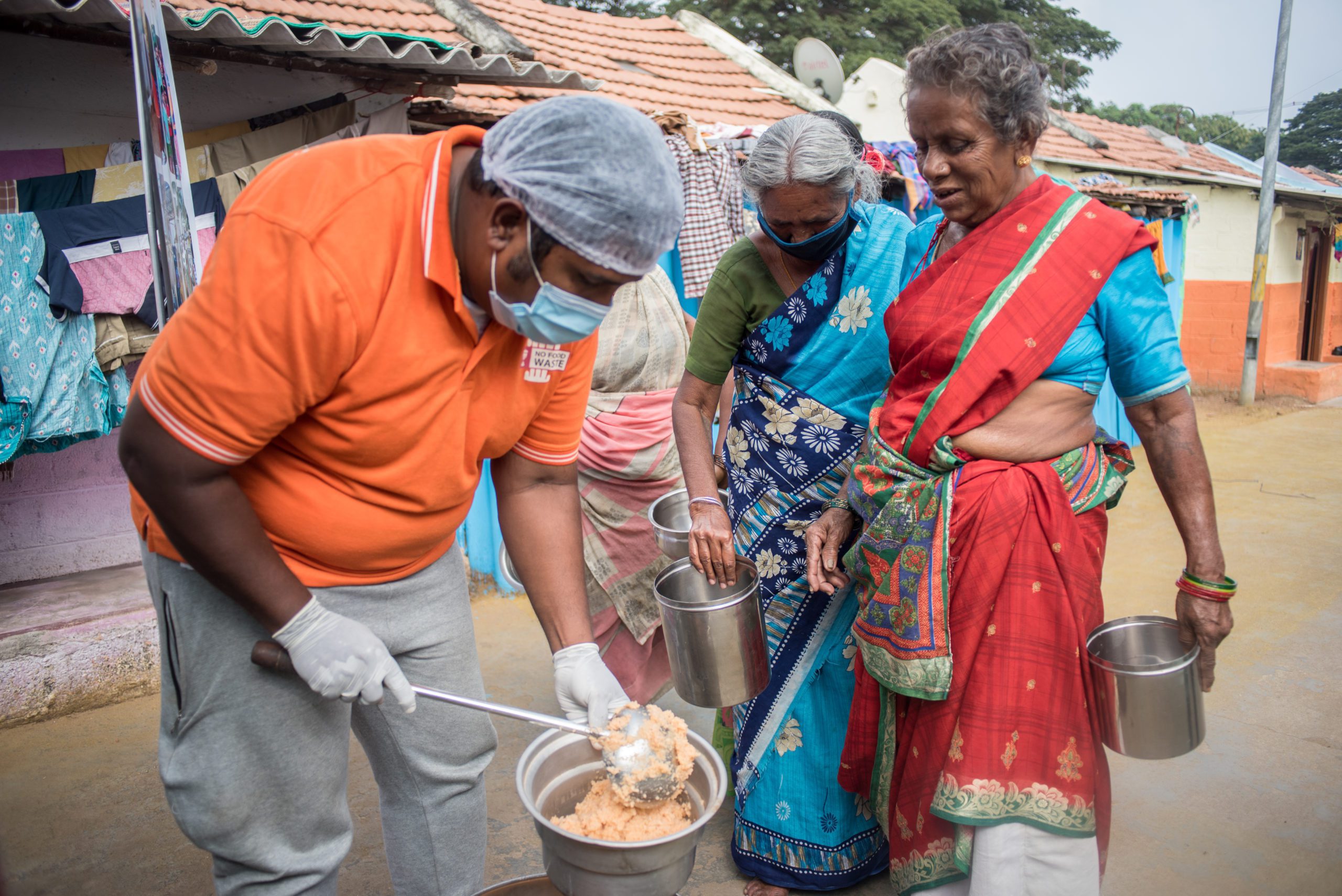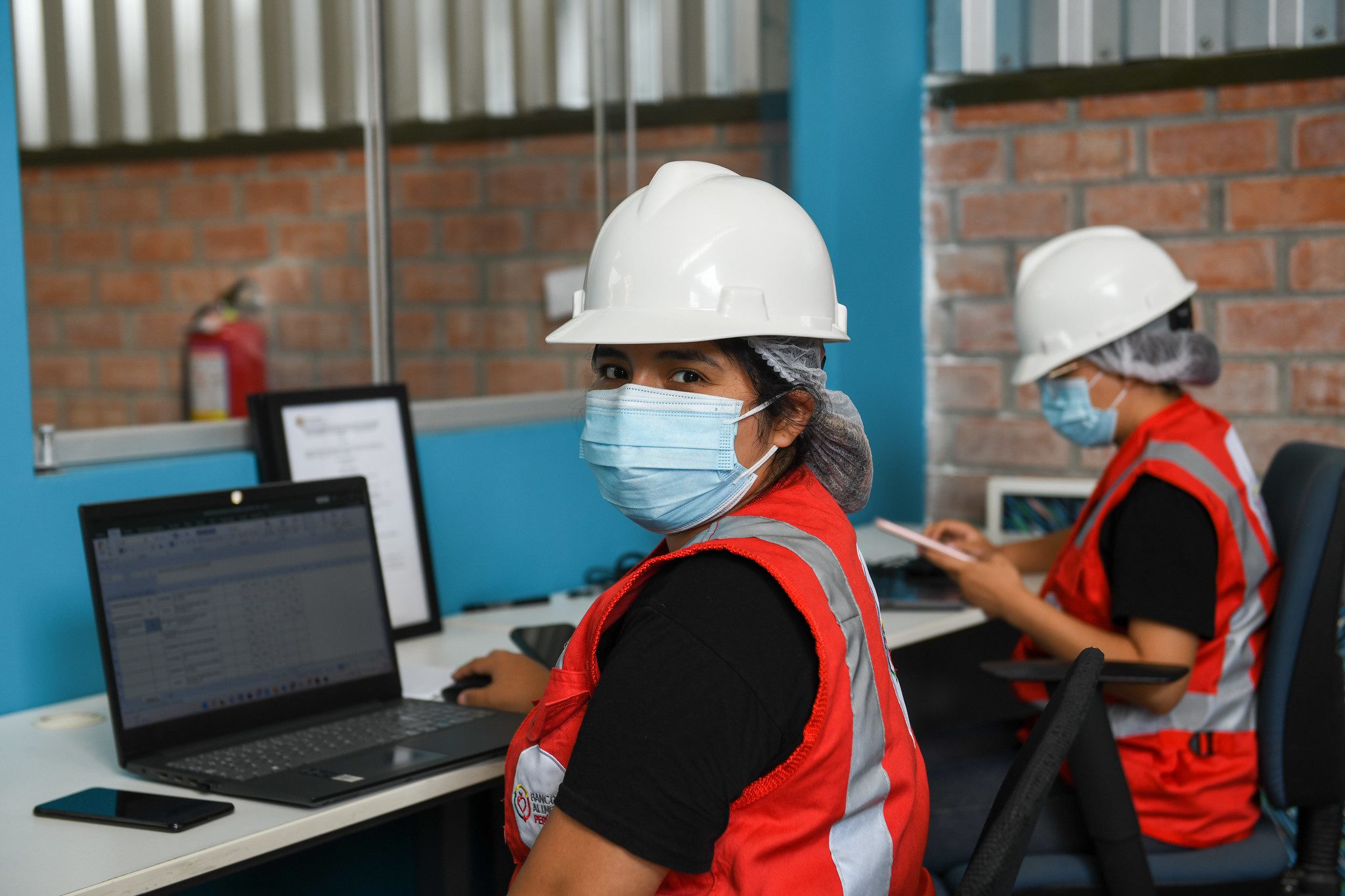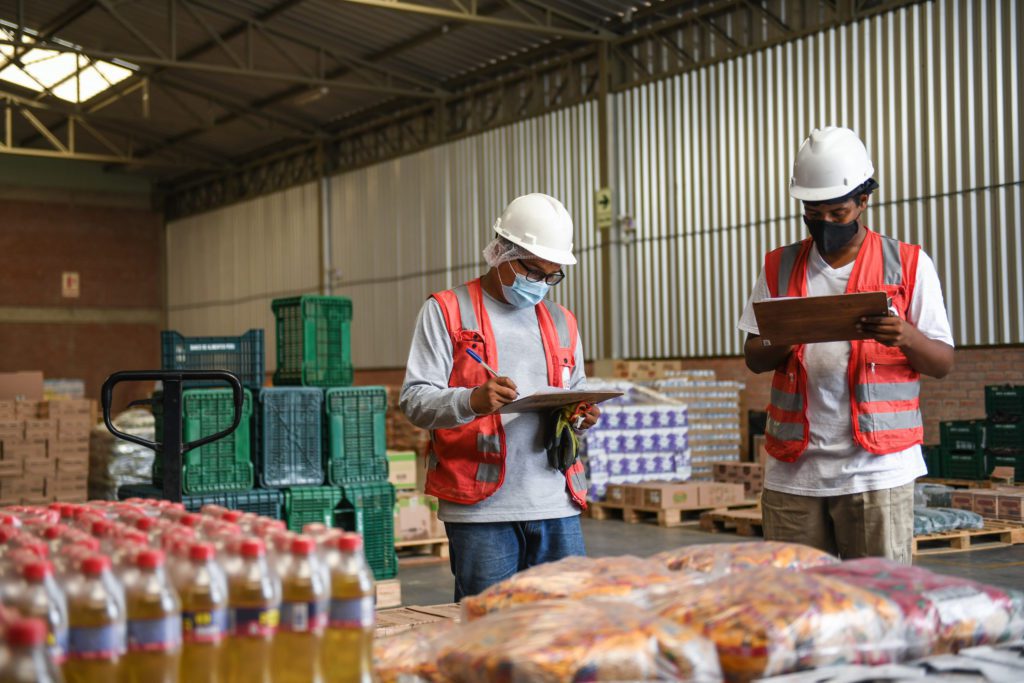Mahatma Gandhi, often referred to as the “Father of the Nation” of India, reportedly said, “There are people in the world so hungry, that God cannot appear to them except in the form of bread.”
These moving words resonated during the Global Food Security Summit that The Global FoodBanking Network (GFN) and our partner, Thinkthrough Consulting, hosted earlier this month in New Delhi, India. Over two days, government officials, business leaders, academics and food experts discussed current food security challenges and opportunities both globally and in India, which holds the presidency of the Group of 20 (or G20) this year.
The summit was held in the Dr. Ambedkar International Centre, named after one of the lead drafters of India’s constitution, enacted after India’s independence in 1947. While there are many pressing issues facing G20 countries, food security is among the top priorities. According to the most recent data from the UN Food and Agriculture Organization (FAO), more than 735 million people globally were affected by hunger in 2022, and nearly 1 in 3 face moderate or severe food insecurity.
As Prime Minister Narendra Modi recently said to international agricultural ministers, “I urge you to deliberate on how to undertake collective action to achieve global food security. We must find ways to build sustainable and inclusive food systems…”
Given the multiple pressures on the food system, including extreme weather events, conflict, rising food prices, and supply chain disruptions, global leaders are looking to identify ready-made actions that can have dramatic real-world results.
That’s where food banking comes in. Around the world, food banks complement other approaches by collecting and distributing surplus food, which both feeds people facing hunger and reduces food waste. In 2022, GFN member food banks distributed 651 million kilograms of food, of which nearly two-thirds were sourced, recovered, or donated. The Network helped provide food to 32 million people while avoiding emissions equal to 1.5 billion kilograms of CO2e, the equivalent of removing 336,000 passenger vehicles from the road.
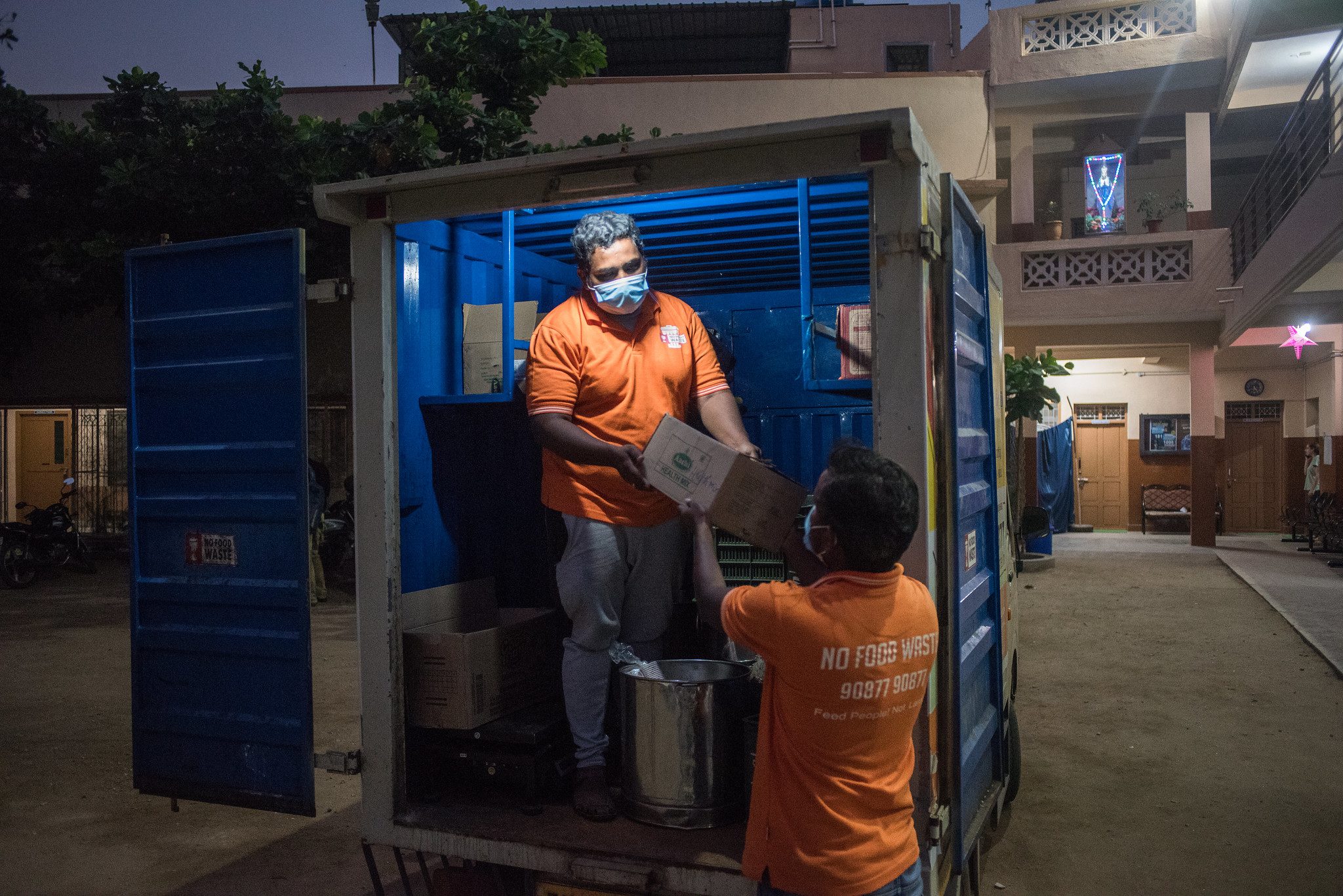
PROGRESS AND OPPORTUNITY IN INDIA
India is essential to make progress to strengthen food security and reduce food loss and waste globally. Home to 1.4 billion people, India has an outsized role in food consumption and nutrition. It will be extremely difficult to achieve Sustainable Development Goal 12.3 (halving food loss and waste by 2030) without progress in India.
Since the 1950s, India has made remarkable strides in food production, largely charged by the Green Revolution, evolving from a country with a food deficit to one with a food surplus. India today is one of the leading exporters of rice, grain, and other agricultural products. Within India, the government provides basic food supplies to nearly 800 million people. Yet, millions of people within the country still struggle due to a lack of access to healthy food and suffer from malnutrition. This includes women, children, and migrant workers, who are often left out of basic services.
By expanding food banking in India, we can help to feed more people, increasing food access to vulnerable communities. Last year, Indian food banks helped provide food to approximately 6.4 million people — this is an impressive figure, but there’s much more that needs to be done. Through food banking, India can take steps to further strengthen its own food security, while also setting a positive example for other emerging economies.
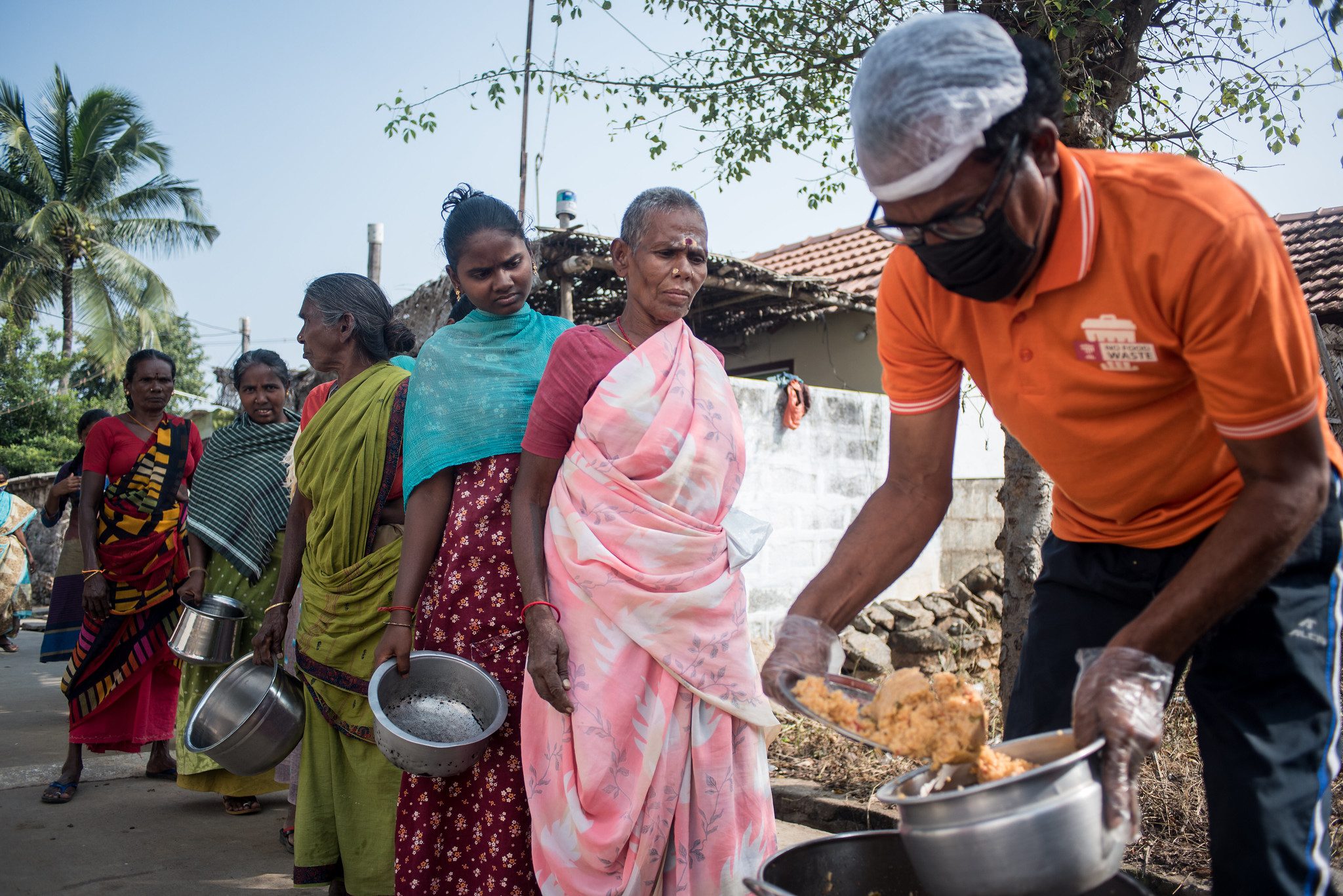
TAKEAWAYS FROM THE GLOBAL FOOD SECURITY SUMMIT
The following three takeaways from the Summit speak to how the world can move toward improved food security moving forward:
Policy matters. To expand the amount of food available for collection and redistribution, the policy and legal framework must be right. GFN works with the Harvard Law School Food Law and Policy Clinic (FLPC) on The Global Food Donation Policy Atlas to track and provide guidance on different national policies related to food loss and waste. We have found that governments can set tax incentives and penalties to stimulate the redistribution of healthy food, along with policies that encourage companies to reduce waste.
Improving date labeling to more consistently distinguish between quality-based and safety-based information is another step to reduce waste. As Emily Broad-Leib, founding director of Harvard FLPC, said at the summit, “Most food donors and food recovery organizations are cautious about donating food that may no longer be safe, but it is not always clear whether the date label relates to food safety. In fact, date labels are generally intended to reflect freshness or quality rather than food safety for the vast majority of foods.”
Another way to incentivize food donations is through liability protections that offer coverage for those donating or distributing food that meets quality standards but may not meet the highest cosmetic standards or other more superficial qualities. For example, in the U.S., the Emerson Act protects businesses and other entities that provide food donations, so long as they act in good faith and without negligence or misconduct.
Measurement and tracking. Given advancements in technology, we need to develop better digital tools to identify where excess food is available and how to connect it to those who need it. GFN’s food bank partners in India, in particular Feeding India, which is affiliated with the Indian food delivery service Zomato, are exploring online tools, but this is an area that is ripe for further exploration. There were many experts who encouraged more innovation. For example, Jaskiran Warrik, head of Food Innovation Hub India, World Economic Forum, said, “Innovation should not be a reaction to our realities but more of a proactive way of looking forward on how we need to build the future of food systems.”
In addition, food banks need easy-to-use digital tools to track how much food they are collecting, and where and to whom the food is going. Better tools and technology can help make food banking even more efficient and build the evidence base around its impact.
Building a Movement. At the conference, numerous people spoke out in support of reducing food loss and waste, specifically via food banking. But we’re working together, across geographies, to build a movement. As Chhaya Sharma, a former Member of Parliament of Nepal, said, “We cannot treat this just as a project of one country. This must be a movement in the whole region and then going to other parts of the world.”
Food bankers have strong ties to their local communities and often rely on volunteers to help pick up, sort, and distribute food. Last year, there were more than 400,000 volunteers across GFN member food banks. Furthermore, food banks are part of the wider food and loss waste ecosystem—which includes businesses, food retailers, health agencies, academics, legal experts, and many others. Together, these actors can play a major role in raising awareness and building support for action.
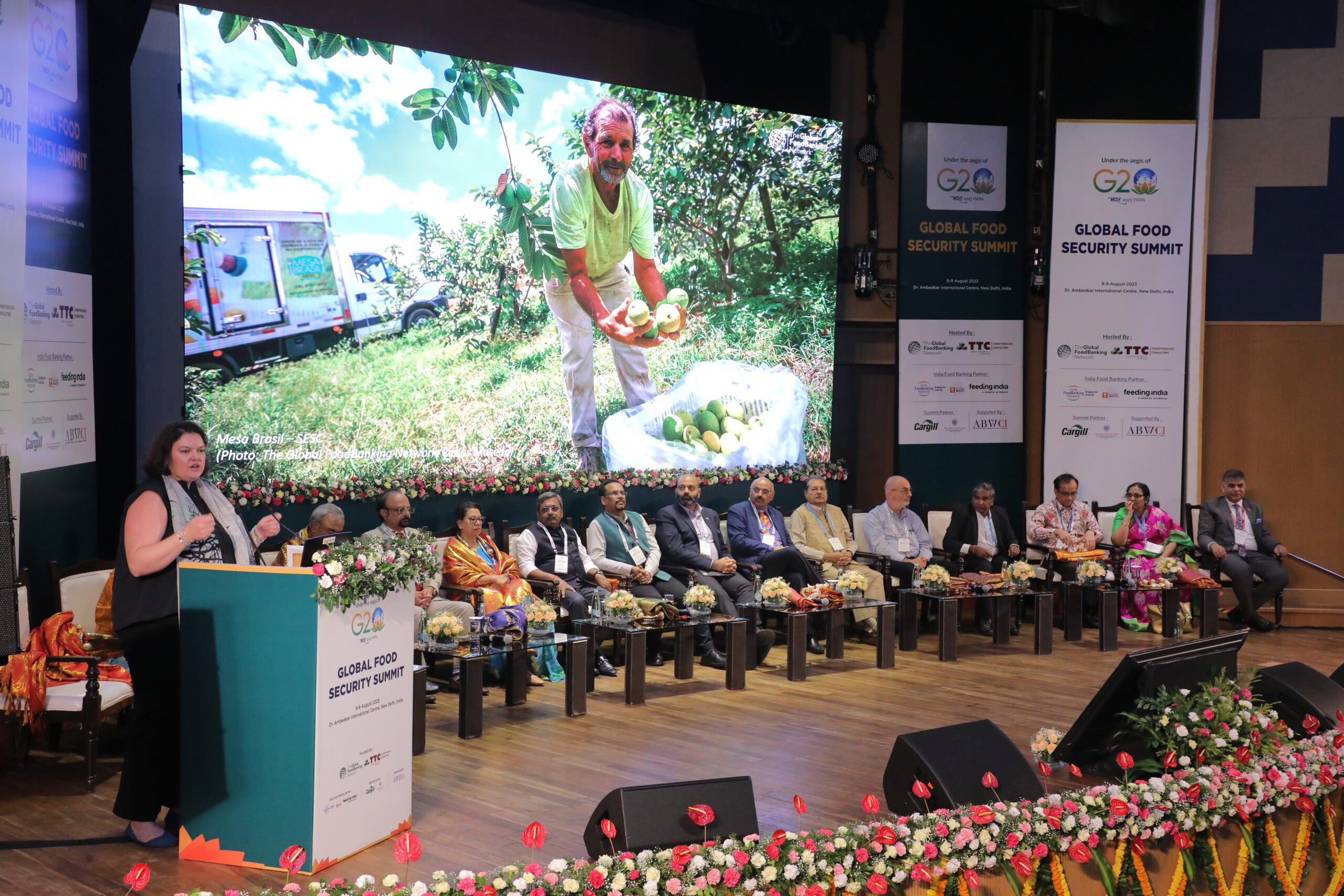
REFLECTIONS
I was grateful to participate in the summit and, while in India, I had the chance to spend time with partners from three food banks that are part of the Network: India FoodBanking Network, No Food Waste, and Zomato Feeding India. In speaking with staff from these organizations, I couldn’t help but be inspired by their work and commitment. In the southern city of Coimbatore, I visited a project where staff worked overnight in kitchens to cook food and distribute it to schoolchildren—they already have 11 kitchens that reach 40,000 kids a day. At another location, outside of Delhi, I visited a nutrition garden where school-aged kids come after their classes to harvest vegetables, while learning about nutrition and collecting food for their families. I was struck by the way the food bankers have designed their projects to connect with local organizations and adapt to local needs. This is truly locally led action.
Still, these efforts represent just a small sample of what is clearly a massive need. By expanding food banking in India over the coming years, GFN and its food bank partners can make a major dent toward reducing food loss and waste, while delivering more healthy food to people and strengthening communities for the future.

